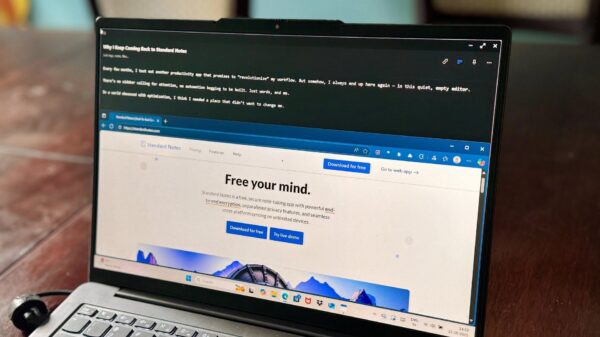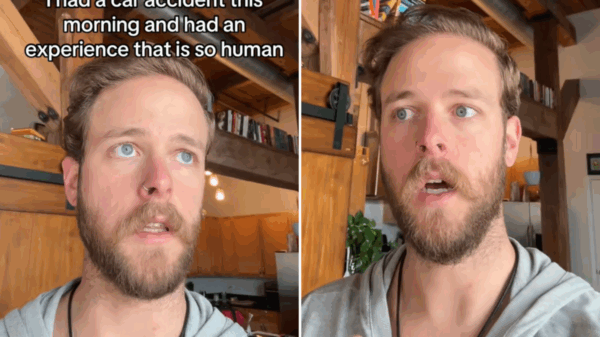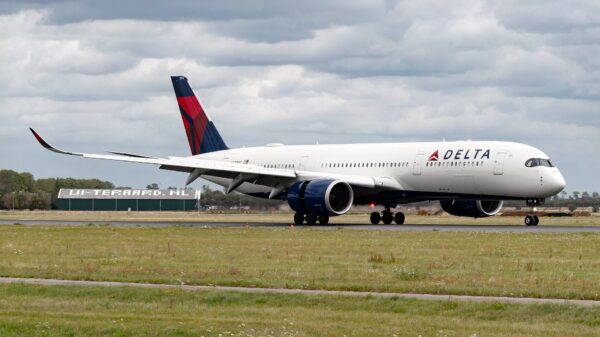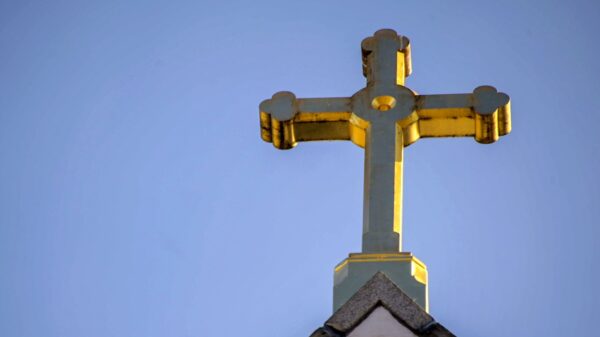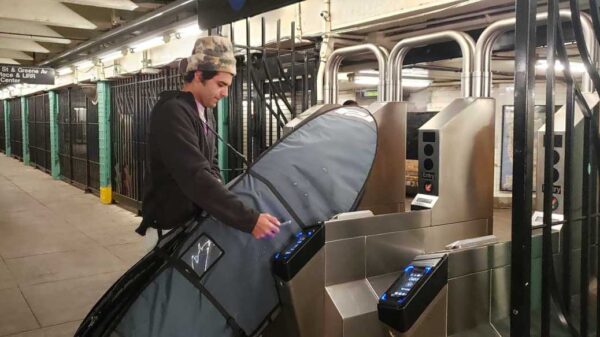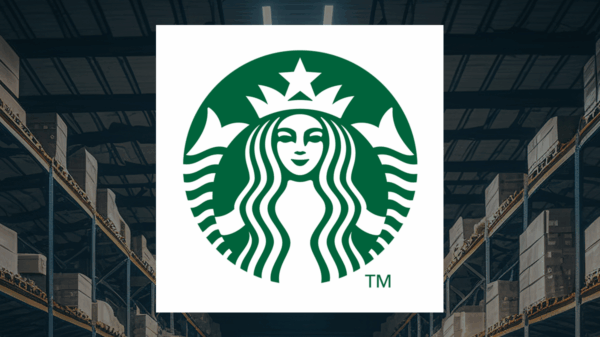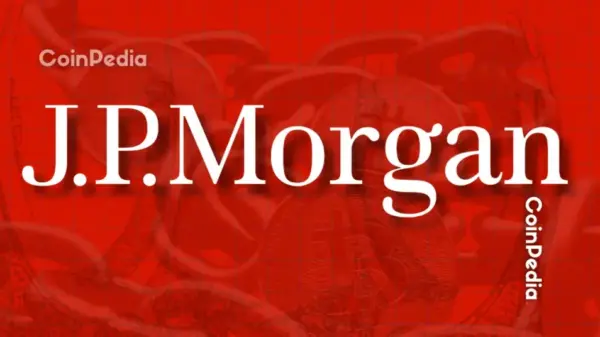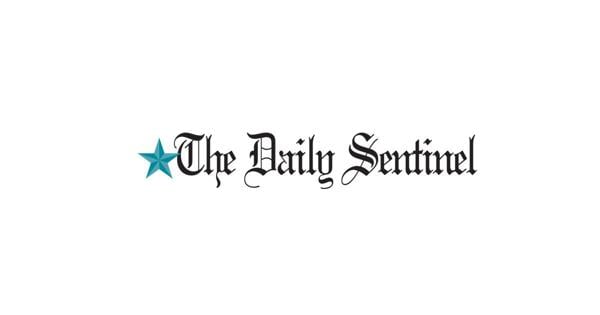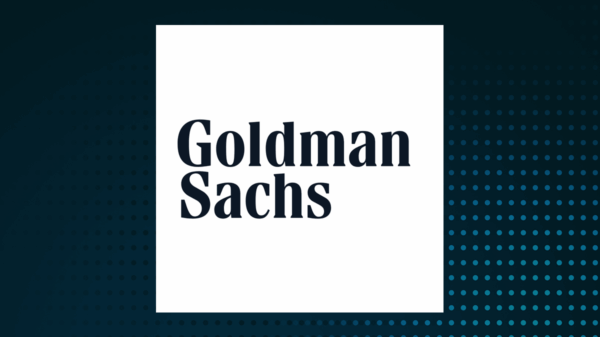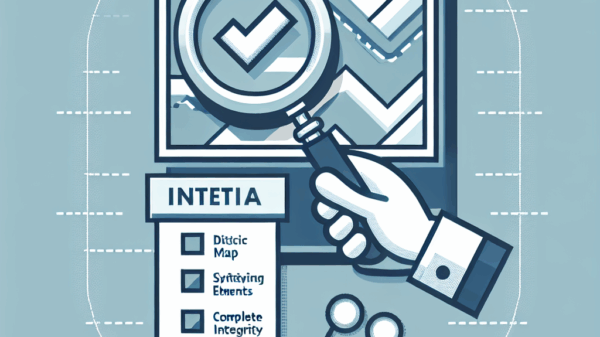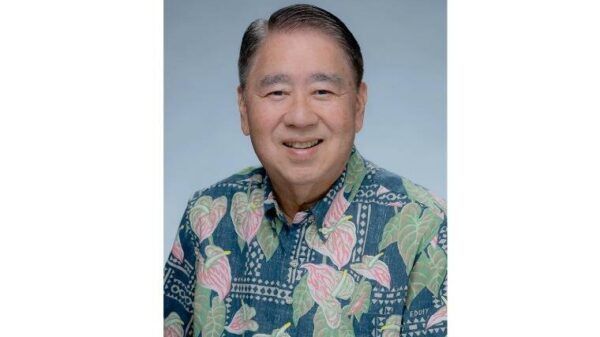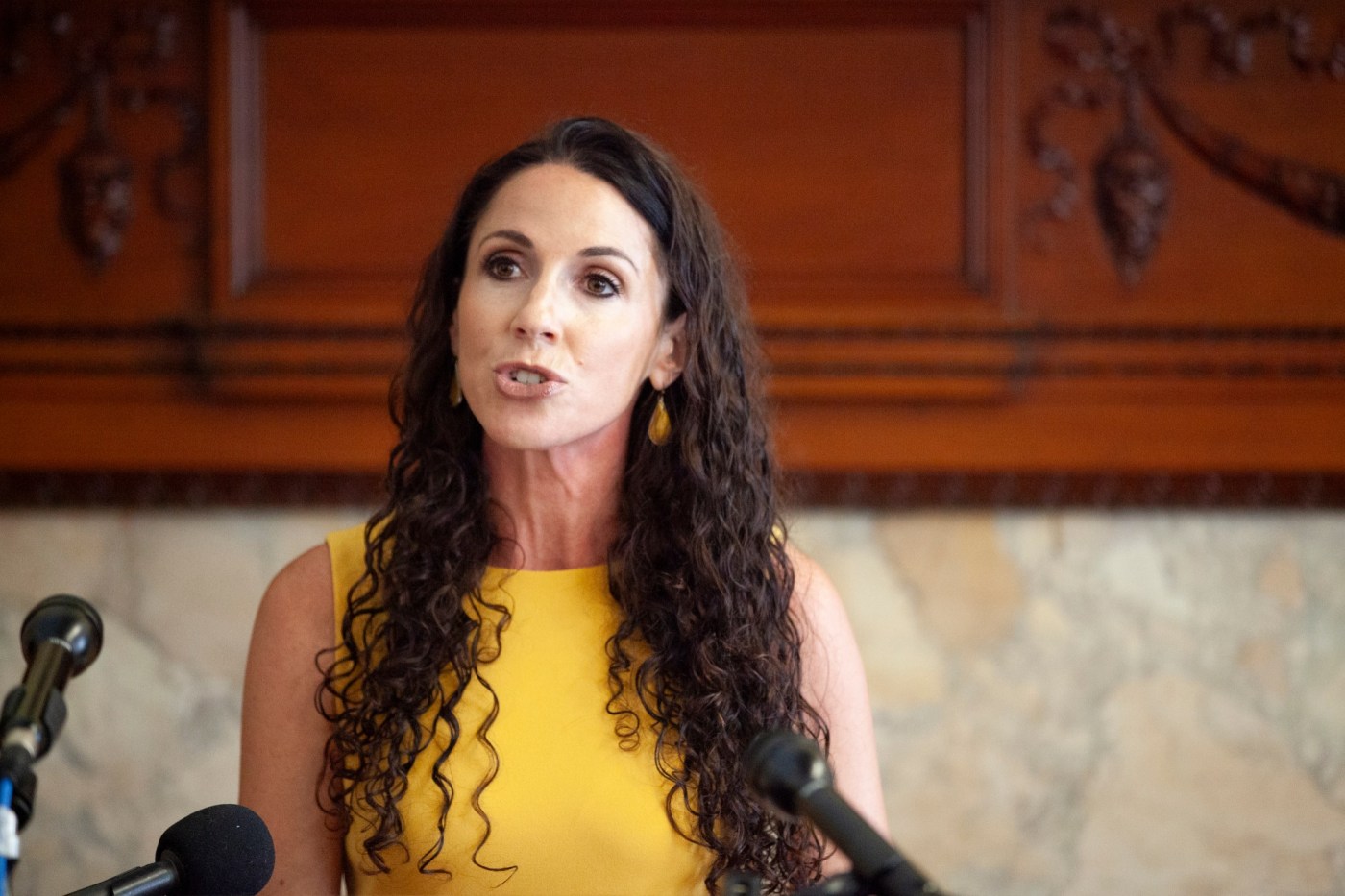Residents and businesses in Massachusetts are facing new scrutiny regarding the state’s Mass Save energy efficiency program, following a recent report by State Auditor Diana DiZoglio. The report highlights significant disparities in how benefits from the program are distributed, particularly affecting low-income communities. Established in 2008, Mass Save is funded by utility customers through surcharges on their electric and gas bills, aimed at promoting energy efficiency.
The audit conducted by the Division of Local Mandates (DLM) assessed the distribution of incentives and benefits across Massachusetts municipalities. It examined factors such as income levels, population density, and housing ownership rates. Alarmingly, it found that many lower-income communities contribute more to the program than they receive in benefits. Specifically, residents from 48 out of 175 municipalities with incomes below the state median pay more to Mass Save per capita than the state average.
Moreover, the report underscores that residents of Environmental Justice (EJ) municipalities and Gateway Cities, including Fitchburg and Lowell, contribute disproportionately more to the program. Residents in communities with over 90% EJ populations contribute on average 151% more than those in municipalities without EJ populations. In contrast, residents of Gateway Cities pay approximately 24% more than those in non-Gateway Cities, despite having significantly lower household incomes.
As population density and the ratio of renters increase, the benefits from Mass Save tend to decrease. Urban areas and communities with high renter populations, which are less likely to benefit from property-based energy efficiency upgrades, often see their contributions outpace the benefits they receive.
The audit also criticized the lack of transparency in utility bills regarding Mass Save contributions. Many consumers find the billing terminology confusing, with essential fees labeled in technical terms that obscure their meaning. The audit urges improvements in transparency and data accessibility, along with recommendations such as transferring Mass Save’s administration to an independent entity and enhancing legislative oversight.
Auditor Diana DiZoglio stated, “While Mass Save has a noble mission of promoting energy efficiency in the Commonwealth, its current programmatic structure undermines its mission by widening inequality, eroding economic justice and fairness.”
Local officials echoed these concerns. Fitchburg Mayor Sam Squailia remarked, “This report shows we are not seeing equitable benefits in return. We need a Mass Save program that is fair and transparent, and that lowers costs for our families already paying the highest utility prices in the state.”
Similarly, Lowell City Councilor Erik Gitschier expressed frustration, stating, “Gateway Cities are being used as a checkbook for wealthier communities, which is not the goal of the Mass Save program.” Methuen Mayor D.J. Beauregard added that the report clearly indicates Gateway Cities are contributing more to the program while receiving fewer benefits.
In light of these findings, some changes to Mass Save’s funding mechanisms are already underway. The Massachusetts Department of Public Utilities ordered a new three-year efficiency program in February 2024, which includes a reduction of $500 million in Mass Save’s budget. While these changes aim to ease the financial burden on customers, the fundamental structure of Mass Save remains reliant on ratepayer funding.
The auditor’s recommendations highlight the need for significant reform to ensure that the Mass Save program serves its intended purpose without unfairly burdening economically disadvantaged communities.


